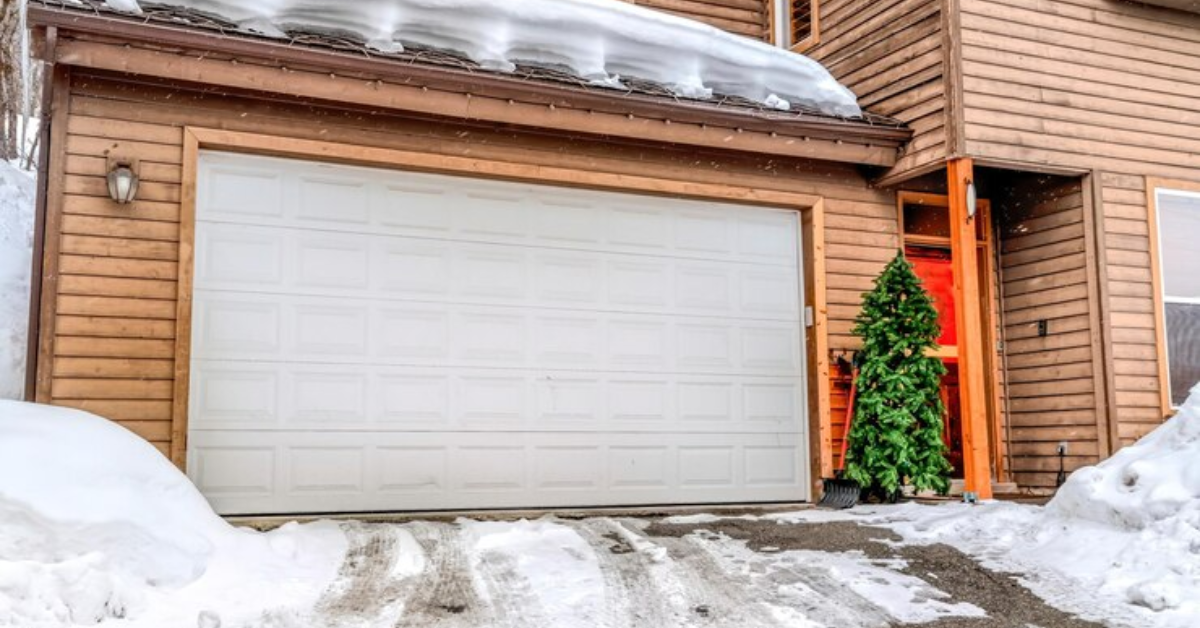How to Adjust Automatic Garage Door Height
An automatic garage door is a convenient and time-saving addition to any home. However, sometimes the door may not open or close to the correct height, which can become frustrating or even unsafe. Whether it’s stopping too soon, hitting the ground too hard, or leaving a gap, adjusting the height of your automatic garage door is often a simple fix. This article will guide you through how to adjust the garage door height, ensuring smooth, safe, and efficient operation.
If you're searching for a way to fix this issue without calling a professional, you've come to the right place. By following these steps, you can take care of minor height adjustments on your own with just a few tools and a little patience.
Why Adjusting Garage Door Height Matters
Your garage door height determines how far the door travels when opening or closing. If it's not set correctly, it can cause several problems:
- The
door may not close completely, leaving your garage vulnerable to the elements or intruders.
- It might slam into the floor, damaging the bottom seal or the garage floor itself.
- It could stop too early when opening, preventing tall vehicles or items from entering.
Correcting these issues promptly helps extend the lifespan of your garage door opener, improves safety, and ensures secure closure every time.
Safety First
Before you begin, always disconnect power to the garage door opener by unplugging it or switching off the breaker. This prevents accidental activation during adjustments. If your door has a manual release cord (usually a red handle), pull it down to disengage the door from the opener.
Make sure you have a sturdy ladder, gloves, and safety glasses. Keep children and pets away from the work area for added safety.
Locate the Adjustment Screws or Dials
Most automatic garage door openers come with adjustment screws or knobs labeled “Up/Down Travel” or “Open/Close Limit.” These are usually located on the motor unit of the opener—either on the side or the back panel. Consult your user manual for exact placement if needed.
Important: Not all garage door systems are the same. Chain-drive, belt-drive, and screw-drive openers may have slightly different adjustment mechanisms.
Adjusting the Opening Height
If your garage door doesn't open fully, you'll need to increase the up travel limit.
- Locate the “Up” or “Open” limit adjustment screw.
- Using a flathead screwdriver, turn the screw clockwise to raise the door’s open height.
- Make a small adjustment (usually one full turn equals about 2–3 inches).
- Plug the opener back in or reconnect the power.
- Test the door by pressing the opener to open it.
Repeat these steps until the door opens to the desired height. Make sure it doesn't hit the ceiling or opener itself when fully open.
Adjusting the Closing Height
If the garage door stops short of the ground or slams down too hard, you need to adjust the down travel limit.
- Find the “Down” or “Close” limit adjustment screw.
- Turn it clockwise to make the door close further.
- If the door slams or goes too far, turn it counterclockwise to reduce the travel.
Make small adjustments and test after each one. The goal is for the door to make firm contact with the floor without pressing too hard, which can damage the opener or seal.
Fine-Tuning the Force Settings
Modern garage door openers also allow you to adjust the force needed to open or close the door. If the door struggles to move or reverses mid-motion, adjusting the force may help.
- Use the “Up Force” and “Down Force” dials to tweak the power levels.
- Increase force if the door is heavy or if friction is causing it to reverse unnecessarily.
- Decrease it if the door moves too aggressively.
Always test the auto-reverse feature after making adjustments to ensure safety. Place a piece of wood under the door; if it doesn’t reverse when it hits the object, you may need to reduce the force or check for sensor issues.
When to Call a Professional
While adjusting the height is relatively simple, some issues—like damaged tracks, broken springs, or malfunctioning sensors—require expert help. If your door is noisy, off-balance, or behaving unpredictably even after adjustments, it's best to contact a certified garage door technician.
Final Thoughts
Knowing how to adjust your automatic garage door height can save you time, money, and frustration. With a bit of care and attention to detail, you can fine-tune your garage door’s performance and keep it functioning smoothly for years.
Regular maintenance, including cleaning the tracks, lubricating moving parts, and checking alignment, will also help prevent future height issues. And remember, always follow your garage door opener’s manual to ensure you’re making the correct adjustments for your specific model.
By learning how to properly adjust your garage door height, you’re not just fixing a minor inconvenience—you’re also boosting the safety and functionality of one of your home’s most frequently used entry points.




